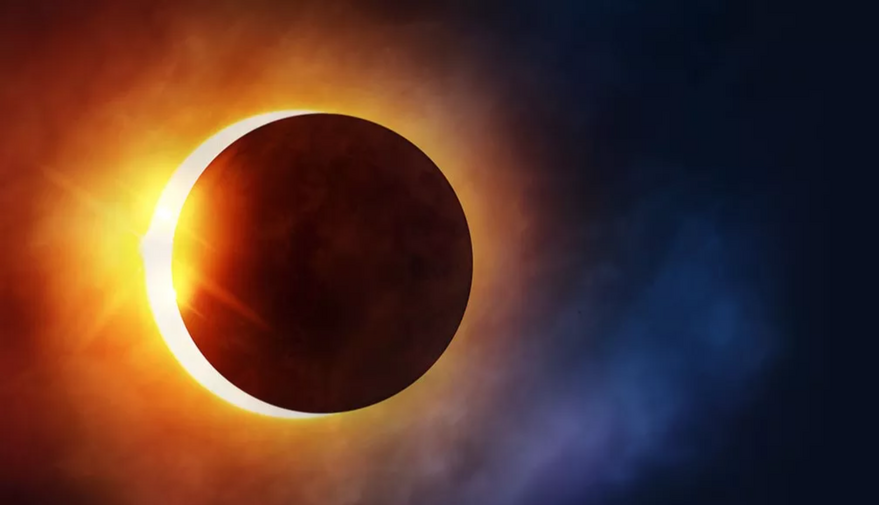SAN FRANCISCO – As the annular solar eclipse drew widespread public attention, National Oceanic and Atmospheric Administration leaders gathered at the Albuquerque International Balloon Fiesta were considering their own solar observations.
“Ultimately, as NASA and NOAA work with European partners to build out a system that is capable of observing the sun from different perspectives, we’ll improve our models and ultimately improve our forecasts of solar activity and the impacts here on Earth,” Michael Morgan, assistant secretary of Commerce for Environmental Observation and Prediction, told SpaceNews.
For the moment, NOAA’s primary instrument for observing the sun is well past its prime.
“What might keep me awake at night would be losing the existing coronagraph,” said Bill Murtagh, program coordinator for NOAA’s Space Weather Prediction Center. The LASCO coronagraph on the European Space Agency-NASA Solar and Heliospheric Observatory launched in 1995 remains “vital for our prediction capability,” Murtagh said.
Fortunately, replacements are on the way.
Compact Coronagraphs
First up is the Compact Coronagraph, one of the instruments on the Geostationary Operational Environmental Satellite-R series GOES-U satellite scheduled to launch in April on a Falcon Heavy rocket. The Compact Coronagraph will observe the sun’s outer atmosphere and coronal mass ejections (CMEs).
A second Compact Coronagraph will fly on NOAA’s Space Weather Follow-On satellite. The SWFO-L1 satellite will travel to sun-Earth Lagrange Point L-1 on NASA’s Interstellar Mapping and Acceleration Probe in 2025.
“The upgraded capability and resilience” will improve measurements of solar activity, said Elsayed Talaat, director of NOAA’s Office of Space Weather Observations.
Both coronagraphs are sorely needed for space weather warnings, Murtagh added. “I cannot build a warning system that relies on a single system. We want redundancy.”
Sharing Observations
A partnership with the European Space Agency will provide additional observations of solar flares and CMEs for NOAA models and forecasts.
Solar activity presents “a global threat that requires a global response,” Murtagh. “The U.S. can’t go it alone.”
ESA’s Vigil mission, formerly called Lagrange, is expected begin its journey to Lagrange Point 5 in 2029. Vigil observations taken 60 degrees off the sun-Earth line will complement measurements from SWFO L-1.
“Combined, they will give us that multidimensional perspective. We’ll know if and when CMEs will hit the Earth,” Murtagh said. “This is a vital input into the models.”
Solar Maximum
Solar activity affects satellites and terrestrial infrastructure like the power grid.
“We’re evolving technology at an extraordinary pace,” Murtagh said. “When we introduce new systems, new technologies, new processes, we often introduce new vulnerabilities to space weather that we don’t fully understand until unfortunate things happen” like the loss of 40 SpaceX Starlink satellites in February 2022 after “a relatively minor geomagnetic storm.”
The current 11-year solar cycle, expected to peak in 2025.
“Having more reliable space weather information will help,” Talaat said. “Statistically, we see the biggest storms on the downslope of solar maximum.”
Regarding the current solar cycle, it could be worse. When measured by sunspots, solar activity has been ramping up “faster and stronger” than expected, Murtagh said. “But we haven’t had any high-level storms hitting Earth. There’s been a lot of them just missing us. We’ve seen some great eruptions that have not been Earth-directed.”
